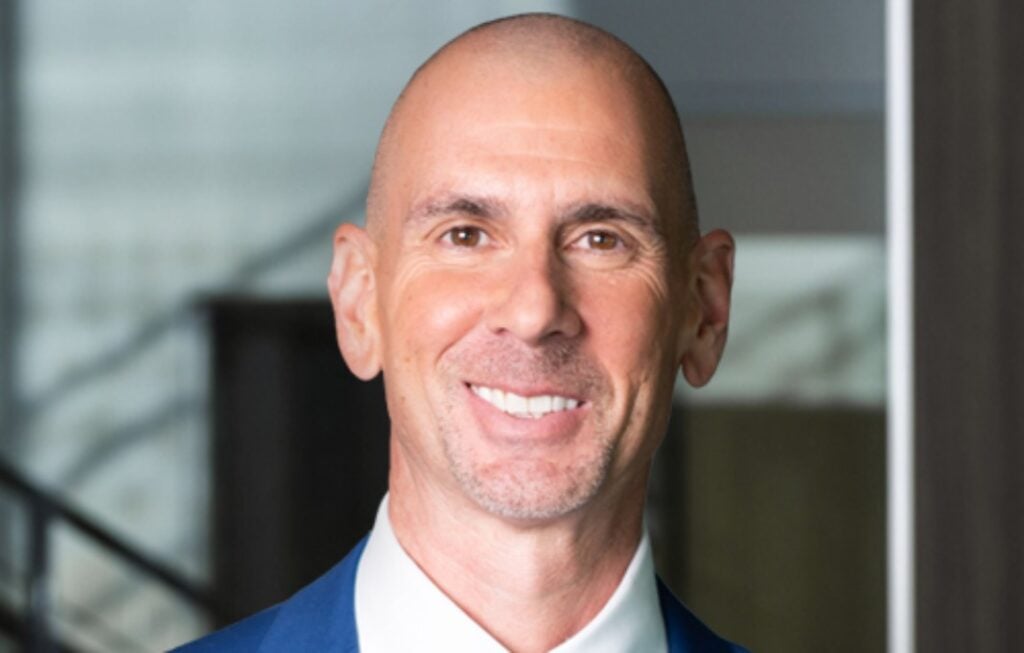Joanne is the CFO of a private equity-backed appliance manufacturer. For Joanne to do her job effectively, she needs to have some (relatively accurate) measure of how much in sales the company will bring in by year-end.
For that forecast, Joanne usually relies on historical trends. Not anymore. This year—amid tariff whiplash, declining customer sentiment, higher interest rates and recessionary fears—historical trends are proving somewhat meaningless.
And that’s a big problem for Joanne…and for almost every other CFO.
Without a way to accurately forecast revenue in a volatile economy, too many CFOs will find themselves caught off guard by sudden cash flow shortfalls—a company killer. Some may even have to touch the dreaded “PE third rail” by dipping into their revolvers.
How can Joanne forecast revenue without looking in the rearview mirror?
It’s a collab.
Yes, finance should own the process, but it can’t be a solo act. Accurate revenue forecasts gather inputs from across various functions to form a comprehensive view of the business.
For example, sales should own pipeline data hygiene and governance, monitor pipeline health metrics and understand customer forecasts and sentiment—sharing this information with finance on a scheduled basis for input into the forecast. The operations team should be responsible for forecasting supply-side visibility; they should understand the data around backlog visibility and fulfillment constraints, as tariff confusion continues to impact supply chains.
But the CFO isn’t there just to aggregate and input data. They’re there to analyze it: evaluating and pressure-testing the inputs to ensure the forecast they’re producing is realistic, accurate and defensible enough to guide company strategy.
What’s the scenario?

The hip-hop group A Tribe Called Quest knew a thing or two about forecasts: Scenarios, or rather scenario planning, must be baked into the forecasting process.
This is particularly true in a market dominated by tariff whiplash and recessionary fears, where internal inputs won’t suffice. To achieve reliable forecasting in a volatile market, CFOs must account for factors such as pricing shifts, demand lags and supply chain disruptions. They must also conduct and include a risks and opportunities analysis that paints a picture of what could happen if things go better, or worse, than expected.
And this exercise shouldn’t just be a slide in Joanne’s “monthly business review” materials; it should force teams to dig deeper into customer behavior, deal dynamics and pricing patterns to track these insights consistently. The R&O analysis then becomes the foundation for a range of financial outcomes, which then inform projections for gross profit, EBITDA and cash.
Rely on new releases.
The forecasting process has to happen more than once or twice a year. Real-time liquidity visibility is critical, especially in volatile environments, and forecasting infrequently means relying on numbers that may not accurately reflect the current business reality. CFOs need to adopt a more dynamic approach that relies on rolling 12-month forecasting, with a monthly or quarterly reforecasting cadence.
But reliable dynamic forecasting isn’t only about when; it’s also about what. Forecasts that are too high-level risk missing important signals, and those that are too granular can bury what’s important and waste the team’s time. The sweet spot is a focus on the material drivers that truly impact the business.

Start streaming.
CFOs are used to seeing revenue in single numbers. However, not all revenue streams are created equal, especially in today’s uncertain market where circumstances can change rapidly. To build a reliable forecast, CFOs need to break down revenue and margin into their component streams and model them accordingly. Those streams include:
- Recurring revenue and backlog. This is the most reliable revenue stream—but CFOs should ensure it’s realistic. For recurring revenue businesses, churn and renewal risk should be regularly modeled and analyzed. For project-based companies, CFOs should track remaining revenue and profit by project (including timing of recognition). When forecasting, they should separate what’s “in the bag” (backlog) versus pipeline versus new business the company needs to win.
- Re-ocurring revenue. Semi-regular revenue streams are often less predictable than actual recurring revenue, as client priorities shift and needs change without warning. CFOs should model this stream separately to avoid false stability.
- New projects and M&A revenue. This stream is also often overestimated in forecasts; CFOs may fail to consider the go-to-market plans (e.g., marketing, sales, staffing) for new projects or acquisitions, and therefore fall victim to over-optimism about how quickly new revenue streams will ramp up (a risk prevalent in a volatile market). CFOs should model different outcomes aligned with the go-to-market plan and thoroughly verify new product launches and plans for newly acquired businesses.
- Ad hoc revenue. Revenue that comes from one-off projects or seasonal upticks lacks long-term visibility (beyond one to two quarters) and is highly susceptible to variability and overestimation. In comparison, historical trends provide a solid (though now flawed) baseline, longer-term and ad-hoc projections require external market factors to be built in—especially when there’s no pipeline or bookings support. CFOs must model this stream conservatively, applying established heuristics like recent trends or seasonality, to avoid over-projection.
Climb the stairway to data heaven.
Sponsors, boards and investors are demanding that their CFOs use AI, and revenue forecasting is a great place to start. However, there’s a caveat: for AI to improve forecasting, two conditions must be met.

- First, the data foundation must be strong. If a business’s data is messy and incomplete (i.e., unreliable pipeline, data locked away in disparate systems, inefficient or broken processes, incomplete historical data), AI can’t add real value. CFOs must start by assessing and optimizing their data for AI, including thinking through the business’s internal and external leading and lagging indicators. This allows AI to work with a holistic set of both forward-looking signals and past performance data. CFOs should also establish governance to ensure the quality of data is maintained on an ongoing basis.
- Second, AI can’t be everything everywhere all at once. Start small; CFOs should focus on a product or service line where there are forecasting gaps (for example, a seasonal line of air conditioners) and deploy AI-enabled forecasting at a granular level. Remember, however, that although AI will generate predictions, CFOs need to know how to translate the outputs into actionable business language—connecting forecasts to specific drivers, KPIs and market factors. Explaining the “why” behind the numbers is what sets a strategic CFO apart.
By making revenue forecasting cross-functional, data-driven, scenario-aware, and AI-enabled, Joanne can ensure that her modeling remains reliable even in an unpredictable market.







